#araceae
Text
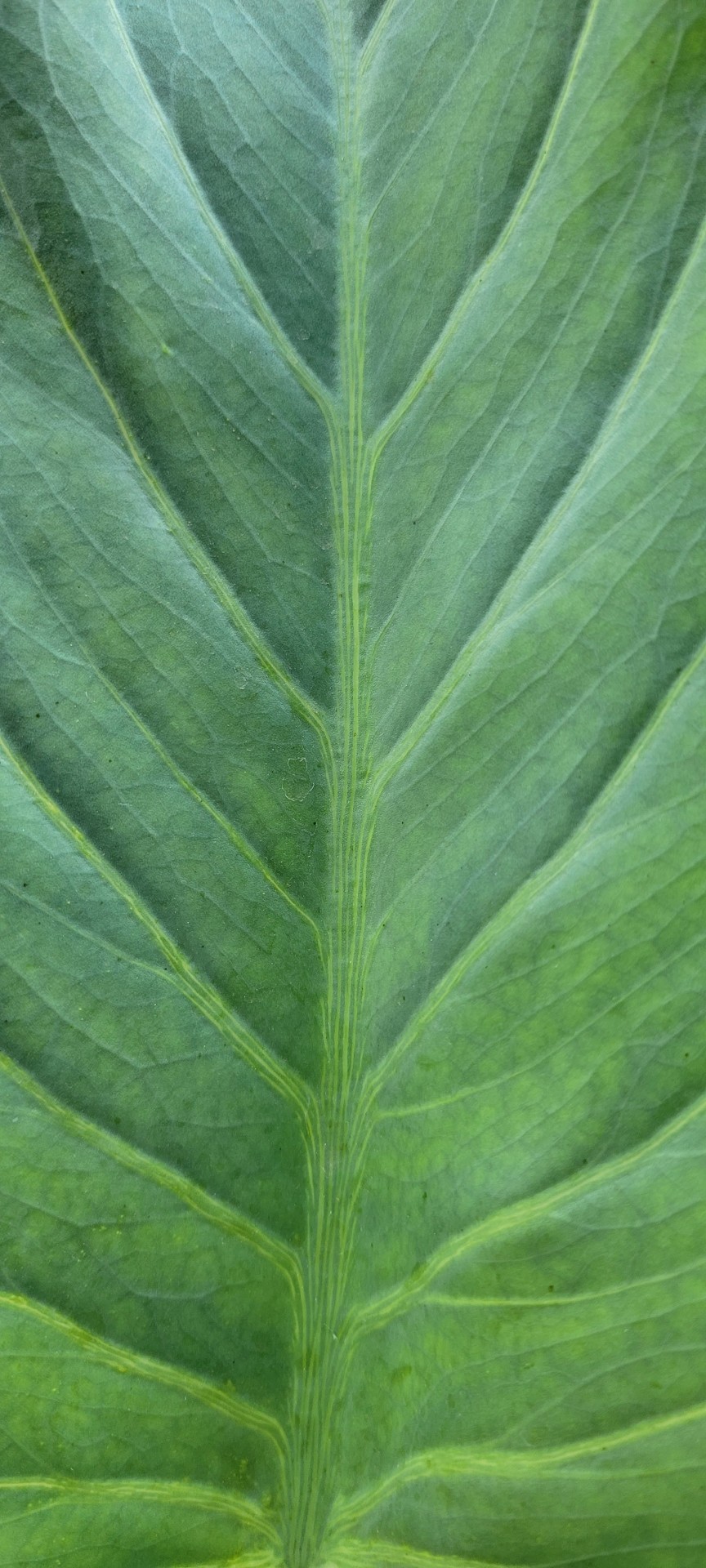
Synandrospadix vermitoxicus, glaucous form.
293 notes
·
View notes
Photo
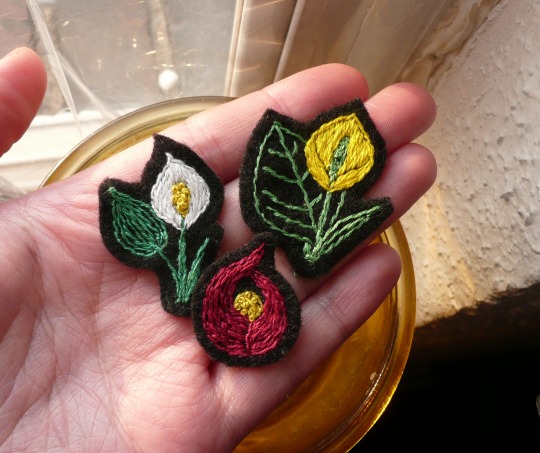
Swamp fans rejoice! Three wetland aroid pins for all your hydric habitats:
-Wild calla
-Western skunk cabbage
-Eastern skunk cabbage
229 notes
·
View notes
Text

First flowering skunk cabbage of 2024!
61 notes
·
View notes
Text
had my first day of plant systematics today and man. I'm so excited for this class. Day one and I received two pieces of information that blew my socks off in two different ways:
1. We will be going to see Isoetes in the field! and
2. Duckweed (Lemna) is in the freakin' ARACEAE family?!?!? Yknow. Corpse flower and skunk cabbage? Calla lily? Thermogenesis? Stinky? LARGE and in charge? And this is why morphological classification is on such thin fuckin ice. Man. I'm reeling. I love learning new things about plants because they will ALWAYS surprise me.
51 notes
·
View notes
Text

Mouse tail plant (Arisarum proboscideum).
April 2023.
20 notes
·
View notes
Text
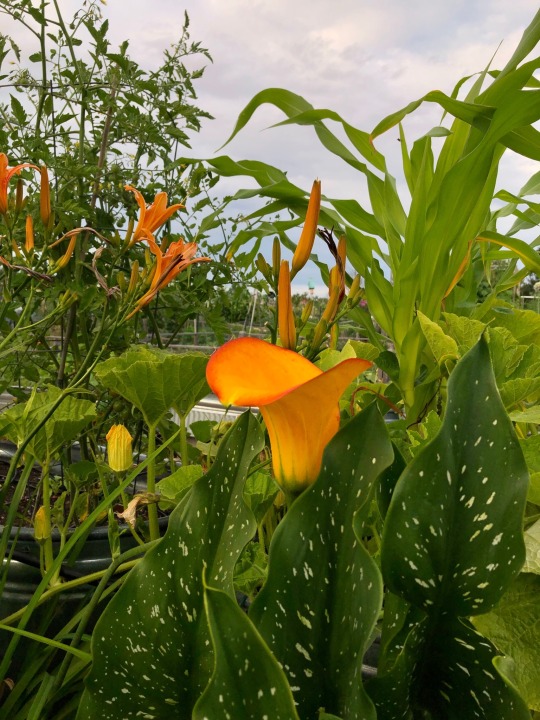


18 notes
·
View notes
Text

It doesn't look like a wild species, but more like a tropical nursery cultivar. I don't know much about #Araceae; guess it is a Schismatoglottis sp.? (West Sumatra, 800m)
9 notes
·
View notes
Text


A - Arisarum vulgare O.Targ.Tozz. - Arisaro comune (Araceae)
20 notes
·
View notes
Text









Arknights OC - Araceae
(Araceae and art belongs to @utaite-mun, Happy birthday!!!)
7 notes
·
View notes
Text

Wednesday 27 September Mixtape 377 “Venusian Ground”
Retro Space Electronic Idm
Wednesdays, Fridays & Sundays.
Support the artists and labels.
Don't forget to tip so future shows can bloom.
The Metamorph-The Venusians 00:31
Tangerine Dream-Love on a Real Train - Live 03:18
Sam Gendel-They B All Like 06:10
Edgar Froese-Tropic Of Capricorn 09:42
Jean-Michel Jarre-Descente au village 14:01
D. Lachlan-Terylene 14:23
Comit (ASC)-Under Your Spell 17:17
Binaural Space-Searching Algo 21:19
Araceae-Strange Nostalgia 22:11
Sound Effects Of Death & Horror-Selling Our Destiny 27:56
Warrington Runcorn New Town Development Plan-The View From Halton Castle 30:40
Prairiewolf-Sage Thrasher 33:58
Wave Temples-Glazed Gnostic (End Credits) 36:10
Anchorsong-Common Ground - Azido 88 Remix 36:53
#The Metamorph#Tangerine Dream#Sam Gendel#LEAVING RECORDS#Edgar Froese#Jean-Michel Jarre#Transversales Disques#D. Lachlan#Café Kaput#Comit (ASC)#Auxiliary#Binaural Space#Araceae#Faint#Sound Effects Of Death & Horror#Wormhole World#Warrington Runcorn New Town Development Plan#Castles In Space#Prairiewolf#Wave Temples#Not Not Fun Records#Anchorsong#Azido 88#Tru Thoughts
2 notes
·
View notes
Text
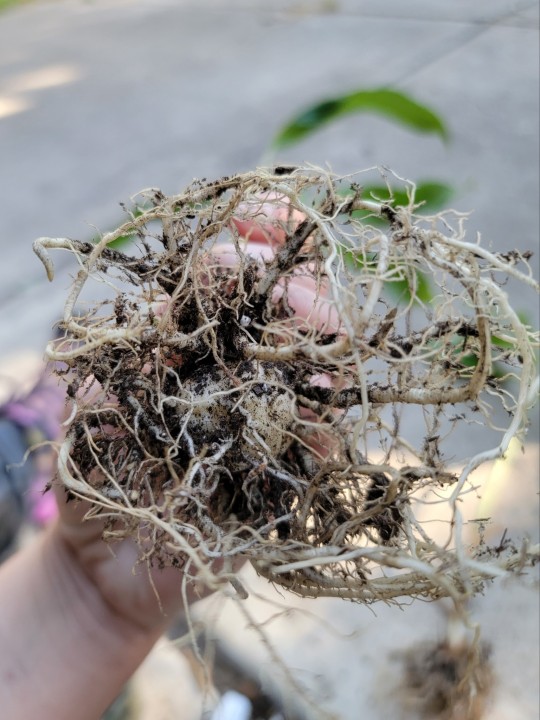

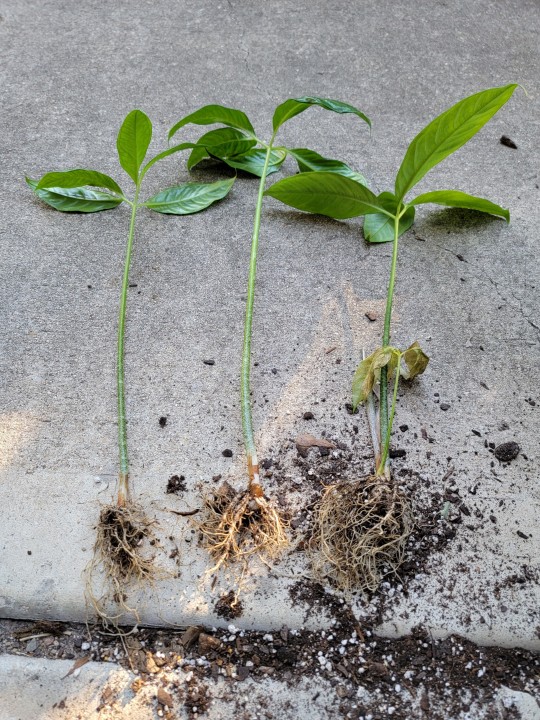
April-sown amorphophallus seedling update: repotted the most crowded ones. The largest corm is about an inch across, belonging to one of the A. borneensis seedlings. I did not get a picture of the 5-way species hybrids, but they're younger and all around smaller, with two individuals likely dwarfed due to competition for resources and space. They will hopefully catch up now that they've been separated. None of these species have an obligate dormancy, though they may take a short rest after disturbance.
20 notes
·
View notes
Text


Hangin out with the boyz
26 notes
·
View notes
Text

New swiss cheese plant blanket design, available on my redbubble:
#art#artwork#swiss cheese#tropical plants#exotic plants#plants#plant#leaf#leaves#illustration#redbubble#swiss cheese plant#leaf with holes#Deliciosa#Monstera Albo#Cheese Plant#Split Leaf Philodendron#Araceae#Greenary#Planties#Plantlove#Monstera Mom#Fern Leaves#plant mom
4 notes
·
View notes
Text
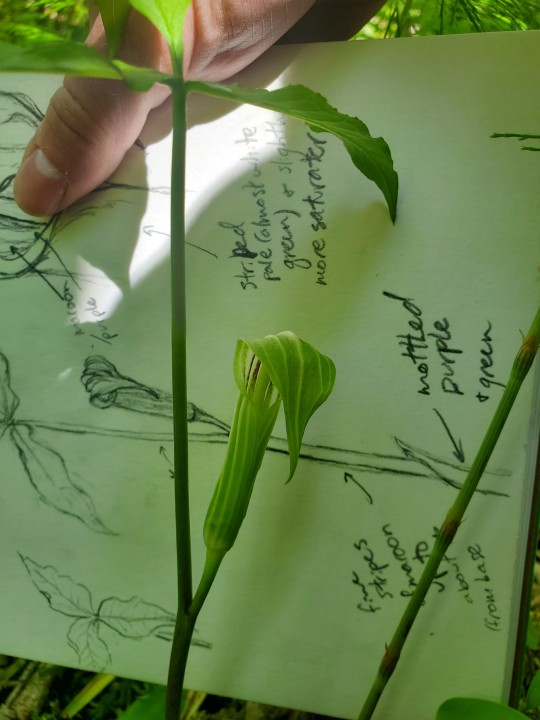

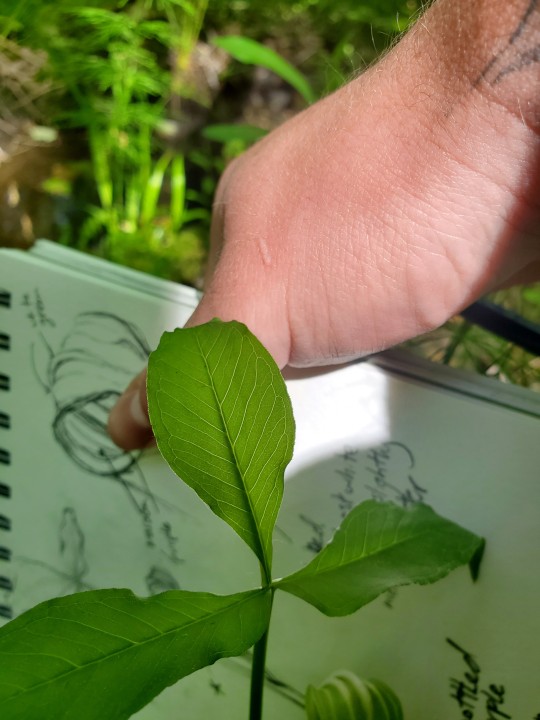
Today's plant is Arisaema triphyllum, also known as Jack-in-the-Pulpit. (photos are mine)
A. triphyllum is actually a species complex of four (or five, depending on who you talk to) closely related species. All species are native to Eastern North America and are found in deep, moist soils rich in organic matter. This group is still undergoing lots of debate in the taxonomy world, and the exact grouping and lineages are not fully known.
This species complex is part of the family Araceae, which is an incredibly cool (in my opinion) and diverse family that predominantly lives in the tropics of South American and eastern Asia.
Like most of its relatives, it attracts pollinators (at least in part) through deceptive scent compounds, which are volatilized and spread under exposure to heat. Unlike many of its relatives, Jack-in-the-Pulpit does not appear to utilize thermogenesis (active metabolic heat production) in its flowering parts to achieve this--it is posited that absorbed heat from the sun is sufficient for them to release these compounds! (Barriault et al. 2009)
Another trait it shares with almost all of its relatives is a very particular defense strategy: tiny, tiny knives. Its shiny red fruits might look tasty to some, but beware: the sensation of biting into it has been described by those brave (read: foolish) souls who've tried it as "like chewing glass."
This sensation is caused by tiny daggers of crystalline calcium oxalate (called raphides) being forcibly ejected from their cells right into your tender mouth parts by the force of your own chewing. Now that's what I call retribution!
76 notes
·
View notes
Video
youtube
Sometimes, plants do unexpected things. Like control their own body temperature.
3 notes
·
View notes
Text


new pots are in!
Philodendron ‘Prince of Orange’
Alocasia ‘Polly’
#plantblr#plant life#Philodendron#Prince of Orange#Alocasia#Polly#araceae#house plants#pottery#plants#plant dad
4 notes
·
View notes